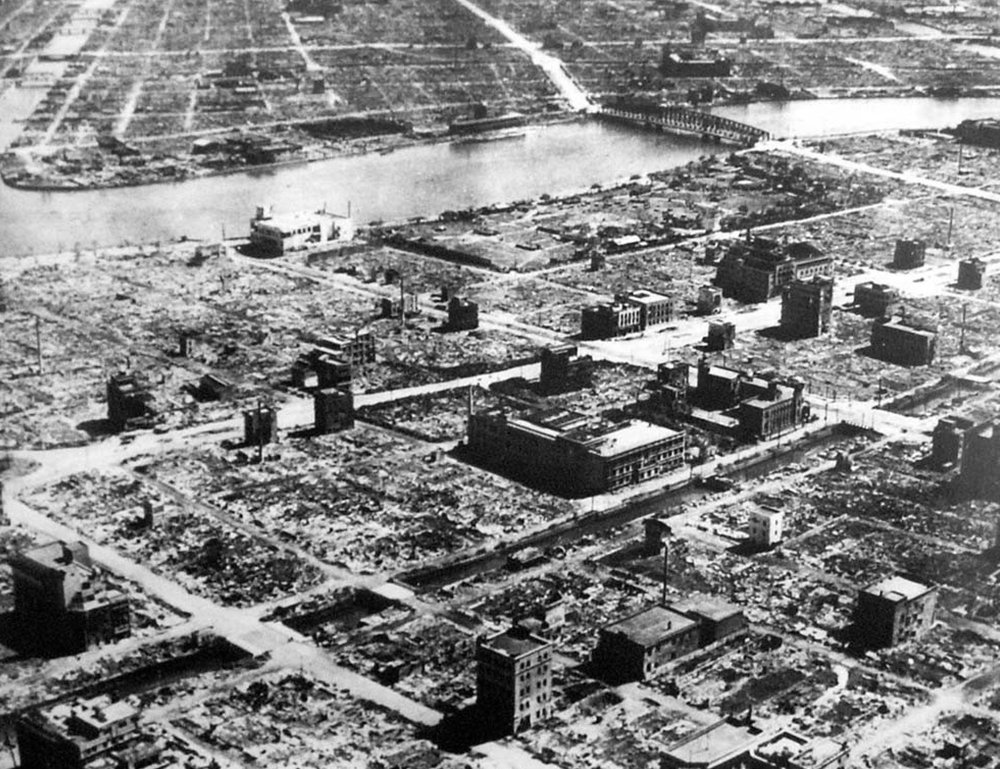Rebuilding Japan
American General Douglas MacArthur was appointed the Supreme Commander for the Allied Powers (SCAP) and charged with rebuilding Japan as a democracy, effectively making him the country’s interim leader from 1945 to 1948. The Japanese had never before been ruled by a foreign power, and Japan's official religion considered Emperor Hirohito a god.
When MacArthur took command, projections showed as many as 10 million civilians could starve to death by the end of the winter. In Hiroshima and Nagasaki, an estimated 200,000 or more people had been killed or wounded by atomic bombs, while survivors experienced radiation poisoning. Most other Japanese cities were destroyed or badly damaged. There were also reports of Allied soldiers abusing Japanese civilians.
MacArthur immediately decreed that no Allied personnel were to assault Japanese people or to eat food meant for the Japanese. He had his staff draft a new constitution for Japan that, after its approval by elected Japanese officials, established a democracy, gave women the right to vote, and prohibited Japan from having an army. The Allied occupation of Japan lasted until April 28, 1952. In the years following the occupation, Japan became one the world’s most prosperous industrial nations.
— Fujiyama Aiichiro, business executive and Japanese foreign minister from 1957 to 1960
— Eiji Takemae, Japanese historian
Take Notes
What were the key elements of the U.S. plan for rebuilding Japan? To what extent do these correspond to the concepts of freedom you studied earlier in the lesson?



